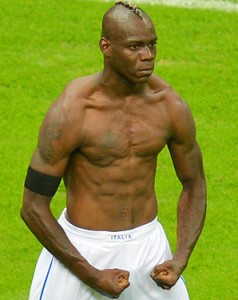
The Research Institute of Molecular Pathology (IMP) set out to answer the question, how are emotions generated in the brain? They are using mice as a model to map the emotional circuitry within the neural network of the brain in an effort to study how activity in these areas elicit emotions.
Science 2.0 reports on this interesting research project. Surprisingly, mice have a very similar brain anatomy to humans; therefore, are great candidates for this study.
The scientists set out with the premise that our emotions are based on the activity of nerve cells. Emotions cause activity to happen in several parts of the brain such as the neocortex, the brain stem and an almond-shaped region in the limbic system called the amygdala.
The researchers plan to navigate their hypothesis via virus interactions with the brain; hopefully, helping them to fully understand the origin of emotions. Why use viruses? Well, they infect nerve cells and migrate along them to the brain. They will inject a florescent protein into the virus to track the path it takes through the brain.
This project will also answer the question, ‘how genes and pharmaceutical substances affect the activity of neuronal circuits and influence emotions?’ .
In an interesting and related article by Science Codex, purports that the language we use when describing an event affects our overall mood.
The study focused on what type of verbiage we use when we talk about a past event. They noted that we can describe events either as already completed (I ran) or as ongoing (I was running). Why is this Important?
The researchers suggest that to improve your mood you should talk about a negative past event as something that has already happened opposed to an event that was happening. How does that Help?
Their findings revealed that people who described a positive event with words that suggested it was ongoing felt more positive. And when they described a negative event in the same way, they felt more negative.
Let the Humintell community know your thoughts on this research


